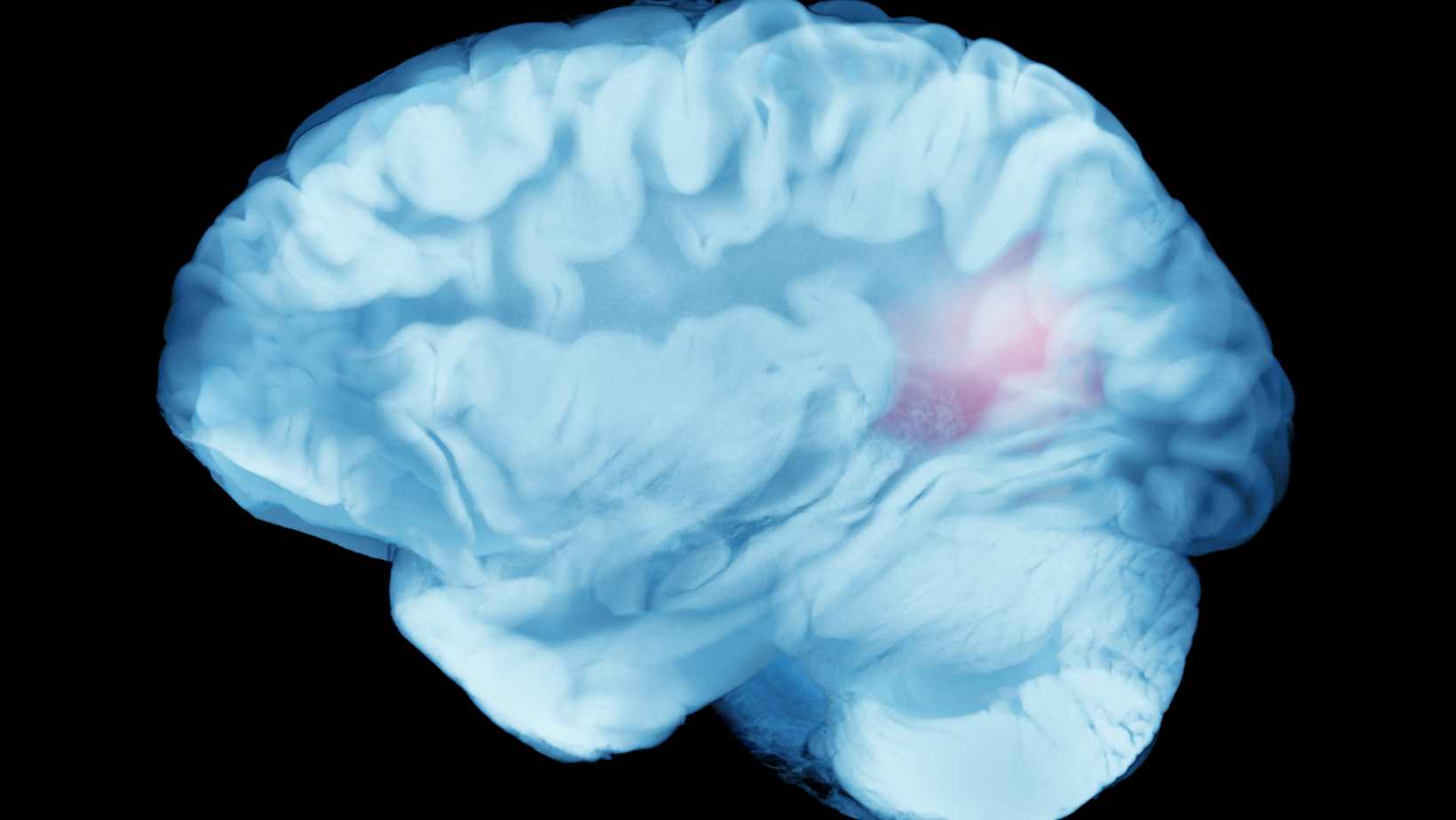What is Bells Palsy?
Bell’s palsy, also known as ‘acute peripheral facial palsy of unknown cause’, is a medical condition that causes a temporary paralysis or weakness of the facial muscles. Facial paralysis can be a daunting problem as it damages the aesthetics of the face. A person suffering from Bell’s Palsy usually has one side of the face that droops or becomes stiff. This is because of swelling, compression or inflammation in the nerves that control your facial muscles. This disorder can occur anytime at any age. However, by following Bells palsy: Treatment guidelines 2021, this condition can be cured.
Symptoms
The symptoms of bell’s palsy may appear suddenly and abruptly. They may also appear after you’ve had an infection in the eye or the ear, or if you have a severe cold.
Some of the symptoms are given below –
- Drooling
- Stiffening of the face
- Difficulty in eating, drinking
- Difficulty in moving face, or facial expressions
- Dry eyes and mouth
- Sensitivity to sound on the affected side of the face
- Irritation of eye on the affected side
- Headache
Most often bell’s palsy is mistaken for a stroke. However, it’s not a stroke if the paralysis is limited to the face. In rare cases, the face can be affected on both sides.
How to prevent Bells Palsy?
Currently, there’s no way to prevent or avoid bell’s palsy. However, if you have any of the symptoms above, consult a neurologist in Jaipur or top best neurologist in Jaipur. You can also find him as a famous neurologist in Patna or brain doctor in Patna, best neurologist in Gwalior or famous neurologist in Gwalior, neurologist in South Delhi, best neurologist in Faridabad. You can also go for neurologist online consultation or talk to a neurologist online.
Causes of Bells Palsy
The main cause of this disorder is not known. However, according to several doctors, it’s generally because of damaged facial nerves. There are other studies that point out the various causes of Bells Palsy. Some of them are-
- Epstein-Barr virus, or EBV (Infectious mononucleosis)
- Mumps virus
- Flu or influenza B
- Coxsackievirus (Hand-foot-and-mouth disease)
- Cold sores and genital herpes (herpes simplex)
- Chickenpox and shingles (herpes zoster)
- Cytomegalovirus infections
- Adenovirus (Respiratory illnesses)
- German measles (rubella)
What is the fastest way to cure Bells Palsy?
Usually, for a person to recover from bells palsy, it takes roughly around 6 months. However, for a speedy recovery, it’s best if one gets the bells palsy physiotherapy treatment. A physiotherapist will evaluate your situation based upon your medical history and your present condition, symptoms. They will identify the patterns of weakness on your face by conducting a physical examination. According to what suits you, they will suggest some exercises that will help in quick recovery.
Given below are a few Bells Palsy treatment exercises that one can practise at home.
Facial stimulation
To begin with facial stimulation, you need to first sit in front of the mirror and scrunch up your face. Begin with trying to move the affected part of your face. You may notice that one side of the face can make the movements faster and higher as compared to the drooping side.
- Gently and slowly try to copy the movements similar to the unaffected part.
- You may use your hands to aid you in the process.
- Do this once or twice every day.
Exercises for the eye
It’s important that people with Bells Palsy take good care of their eyes. Bells palsy makes it difficult to close the eye, thus making the eye and the parts of the eye vulnerable to damage. Your eye can go completely dry and debris can cause harm to it. Using a patch to protect the eye from any external damage. Apart from this, you may try some exercises that will help you regain control over your eye movements.
- Practise shutting your eyelid with your fingers.
- Practise shutting your eyes and opening them wide open.
- Alternate raising your eyebrows and lowering them. Gently massage your eyebrows and try shutting them.
Nose and cheek exercise
The cheeks and the nose are yet another crucial part of the face. Stiffness or weakness in this region can affect the entire face as you recover. One needs to practise the exercises of the cheeks and nose on a daily basis.
- To improve the movement of the nose and the cheek muscle, try scrunching up your face.
- Puff up your cheeks and blow the air out. This may seem difficult at the start however, one needs to practise this on a daily basis. Repeat this at least 10 times a day.
- Try inhaling through the affected part of the nose to flare up the nostrils. You may do this by covering the unaffected nostril, and forcing the affected part to inhale harder. If you have difficulty breathing through the affected nostril, you may try various combinations of deep and slow breathing to inhale better.
- Practise wrinkling your nose and use your fingers to lift up the cheek.
Mouth exercise
While working on your mouth, try engaging your lips and tongue. Many a time, people find it difficult to eat or drink as the muscle movement is limited. Some also have no control over the saliva, and often find it dribbling from the mouth. Here are a few exercises for the mouth that one can practise on a daily basis (at least 10 to 20 times a day) –
- Practise smiling and frowning.
- Try puckering your lips and relaxing them.
- With the help of your fingers try lifting the affected side of your mouth.

This article is medically reviewed by Dr. Chandril Chugh, Board-Certified Neurologist, providing expert insights and reliable health information.
→ Book a consultation to discover which remedies suit your needs best.
About Author | Instagram | YouTube | Linkedin




